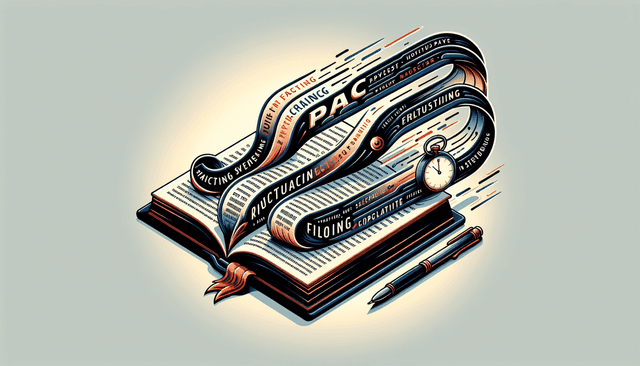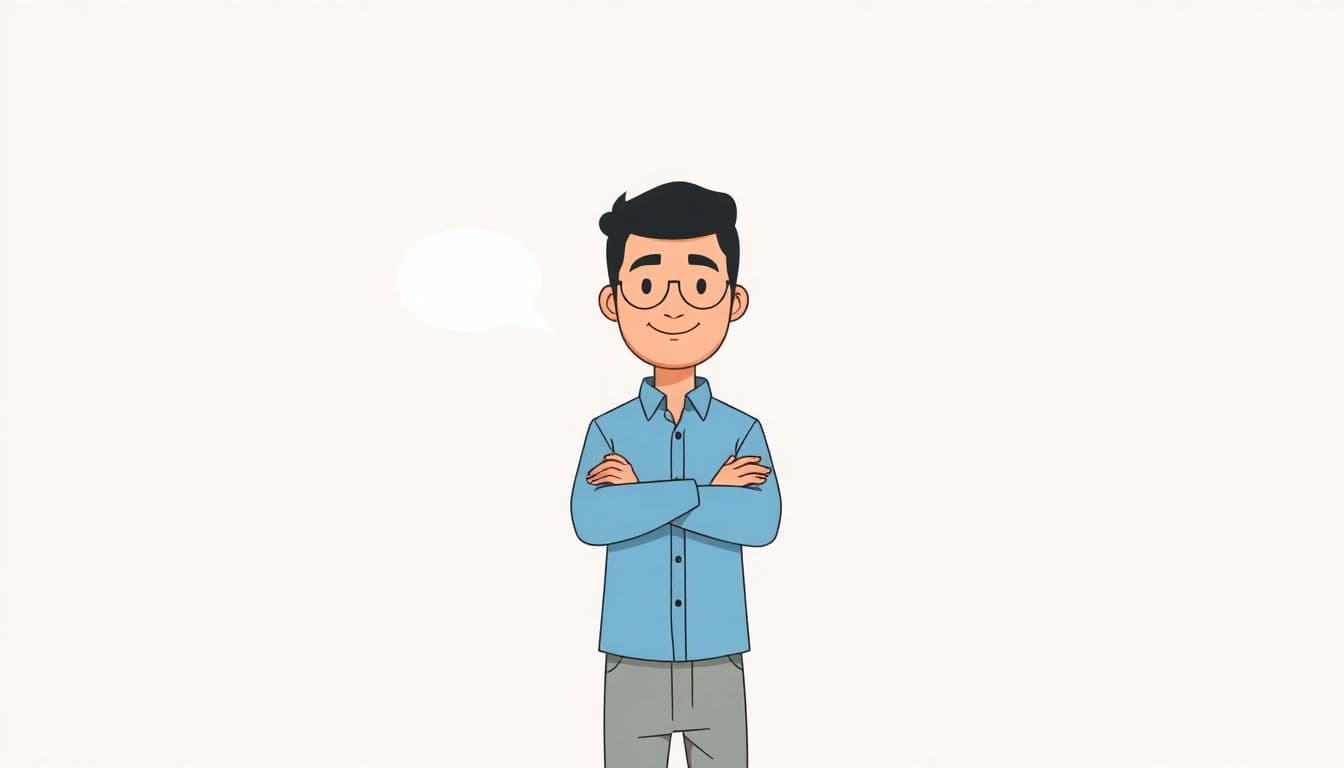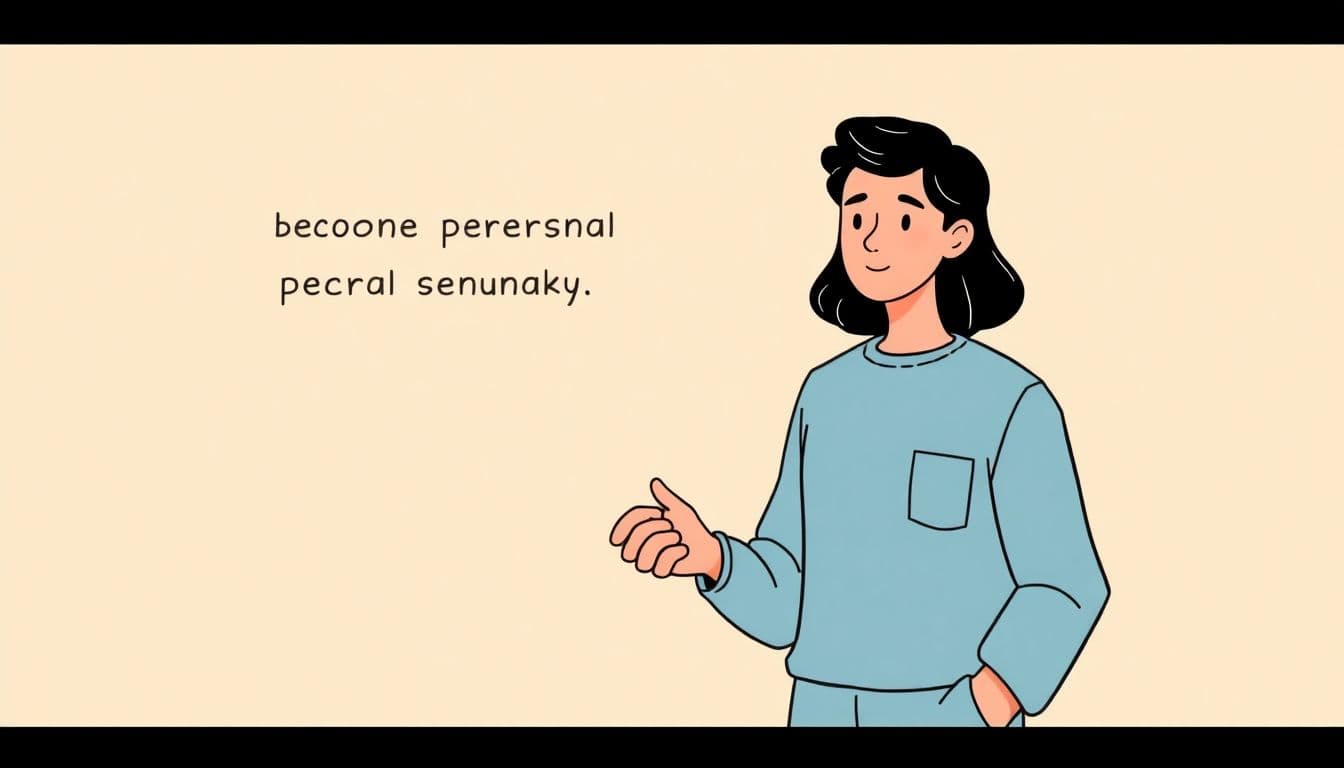Table of Contents
Finding the right pacing in writing can feel like chasing a rabbit down a hole. It’s frustrating when your story either drags on forever or races too quickly, leaving readers in a dizzying blur. You’re definitely not alone if you’ve struggled to hit that sweet spot.
But don’t worry! Stick around, and I’ll share some insights that might just transform your approach to pacing. Soon, you’ll wield the power to guide your readers smoothly through exciting twists and heartfelt moments.
We’ll explore what pacing is, why it’s crucial for storytelling, and how to harness it effectively. Let’s dive into the rhythm of your writing and make your stories sing!
Key Takeaways
Stefan’s Audio Takeaway
- Pacing in writing controls how quickly a story unfolds, impacting reader engagement.
- Short sentences and paragraphs speed up the pace, while longer ones slow it down for reflection.
- Effective pacing heightens suspense and builds emotional journeys in storytelling.
- Consider genre; thrillers need fast pacing, whereas romances can take their time.
- To improve pacing, vary sentence lengths, mix dialogue styles, and track events per chapter.
- Practice writing scenes at different paces to understand how it affects flow.

What is Pacing in Writing?
Pacing in writing refers to the speed at which a story unfolds. It’s how the author controls the flow of the narrative, influencing how readers experience the events within a story. Think of pacing as the rhythm of your story; it dictates how quickly a reader moves through the text and how they perceive the tension and emotional stakes.
In practical terms, pacing can be controlled through various techniques, such as the length of sentences and paragraphs, and the use of action versus dialogue. For example, shorter sentences and paragraphs tend to quicken the pace, making scenes feel more urgent and immediate. Meanwhile, longer sentences with more descriptive passages can slow things down, allowing readers to savor the details.
The Importance of Pacing in Storytelling
Pacing plays a crucial role in storytelling because it shapes reader engagement. When done right, it can heighten suspense, build tension, and create a satisfying emotional journey. If you find yourself skimming through a book, it might be due to poor pacing. On the flip side, if a story drags, you risk losing your audience.
Think of genres—thrillers usually have a faster pace with multiple cliffhangers crammed into every chapter, while literary fiction might take its time to explore character emotions and themes. So, knowing your genre can provide a roadmap for how to adjust your pacing appropriately. For instance, a thriller might aim for around 3-5 significant events per chapter, whereas a romance might linger over the emotional intricacies.
Understanding the Rhythm of Your Story
Understanding the rhythm of your story means recognizing when to speed things up and when to let them slow down. This can create a dynamic reading experience that mimics real-life emotions. For instance, during a climactic scene, you may want to quicken the pace by using short, punchy sentences. Conversely, in a reflective moment, you might opt for longer, more contemplative sentences.
You can also play with the structure of your scenes. Fast-paced scenes often feature rapid exchanges of dialogue and minimal transitions, making the story feel like it’s racing forward. On the other hand, slowing down to include detailed descriptions or inner thoughts can develop depth and complexity. Keep in mind; if a year’s worth of events can be summarized in a single paragraph, you’ve effectively sped up that narrative period, allowing for a more streamlined flow.

Factors that Impact Pacing
Pacing in your writing can be heavily influenced by several key factors.
First, sentence structure plays a significant role. Short sentences can create a sense of urgency, making the reader feel rushed.
On the flip side, longer sentences slow things down, allowing for reflection or deeper immersion in a scene.
Next, the balance between action and dialogue affects pacing too. Action-heavy scenes tend to race forward, while dialogue can create pauses for character development.
For example, if your chapters include 5-7 rapid events, you might find that the pace quickens significantly.
Additionally, how you handle time can impact pacing. If you summarize a year’s worth of information in just a paragraph, your readers will feel the speed at which you’re moving through the narrative.
Lastly, genre expectations can shape pacing choices. A thriller often requires a brisk pace with frequent cliffhangers, while romance may afford slower, more detailed scenes.
How to Control the Pacing of Your Writing
If you’re wondering how to effectively control the pacing of your writing, here are some actionable steps.
First, analyze your sentence length. Aim for an average length of around 10 words for fast-paced scenes.
Next, mix simple sentences with complex ones to create rhythm. This keeps readers engaged without feeling overwhelmed.
Another trick is to vary paragraph lengths. Short paragraphs can heighten tension, while longer ones provide breathing room.
Additionally, consider your use of dialogue. Quick exchanges can quicken the pace, while longer monologues might slow it down.
Track events per chapter. Aiming for 3-5 key scenes in thrillers is recommended, while romance can take its time with deeper emotional beats.
Finally, don’t shy away from summarizing less critical time periods. If a year’s events can be summarized in a paragraph, use that to keep moving forward in your story.
Exercises to Improve Your Pacing Skills
To refine your pacing skills, try out these exercises.
Start by re-reading your favorite fast-paced chapter. Take notes on sentence length and structure, focusing on how the author builds momentum.
Next, practice writing two versions of the same scene: one fast-paced with urgency and one slow and reflective.
Experiment with dialogue. Write a scene where characters rapidly exchange lines, then rewrite it with more deliberate pauses.
You can also play with compression. Take a long event and summarize it into a short paragraph, noticing the difference in flow.
Finally, try out prompts focused on different genres. For instance, write a thriller scene that includes 5 significant events, then switch to a romance and focus on a couples’ emotional journey.
Conclusion: Mastering Pacing for Better Writing
In conclusion, mastering pacing is crucial for crafting engaging stories.
It involves balancing action and dialogue, manipulating sentence and paragraph length, and responding to genre expectations.
Remember, pacing affects how readers experience your storytelling. Practice is key.
Try out the strategies and exercises we’ve discussed to refine your skills.
With time and revision, you’ll develop a natural sense of pacing, making your writing more compelling and enjoyable.
For more tips on writing effectively, check out resources on publishing without an agent or explore winter writing prompts to spark your creativity.
FAQs
Pacing in writing refers to the speed at which a story unfolds. It involves the balance between fast-paced action and slower, reflective moments, influencing how readers experience the narrative’s tension and emotional impact.
Pacing is crucial because it shapes the reader’s engagement and emotional response. Proper pacing maintains interest and builds suspense, ensuring that moments of tension resonate while allowing for reflection and character development.
Factors impacting pacing include sentence length, paragraph structure, dialogue density, chapter lengths, and the use of descriptive language. Action scenes typically require brisk pacing, while emotional or reflective scenes may benefit from slower pacing.
To improve pacing, practice writing scenes with varied speeds. Experiment with sentence structure and read your work aloud to identify areas needing adjustment. Additionally, studying pacing techniques in published works can provide valuable insights.



